80+ companies with over $1T in revenue call for 100% ZEV sales by 2035
Electrek
APRIL 15, 2021
Two powerful corporate networks that represent more than 80 companies with a combined $1.3 The pair of letters calls for interim strong fuel economy and emission standards and 100% zero-emission vehicle (ZEV) sales of light-duty vehicles by 2035 at the latest.

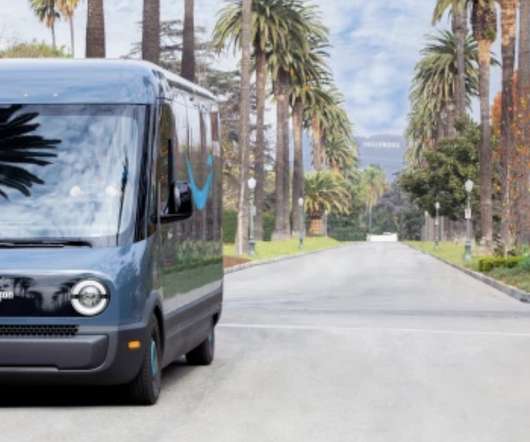


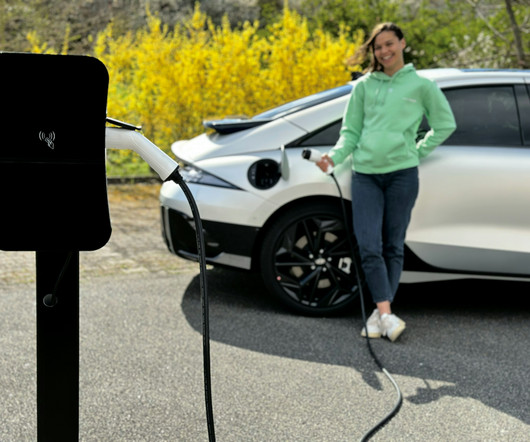








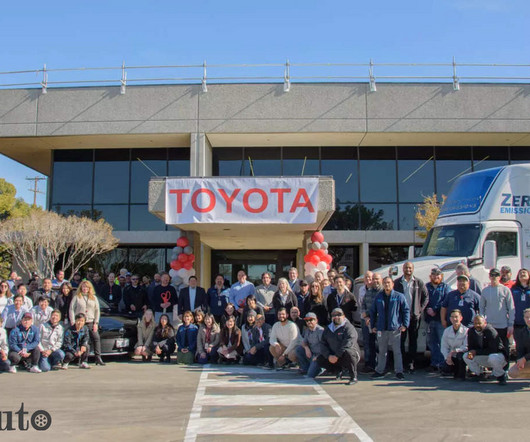
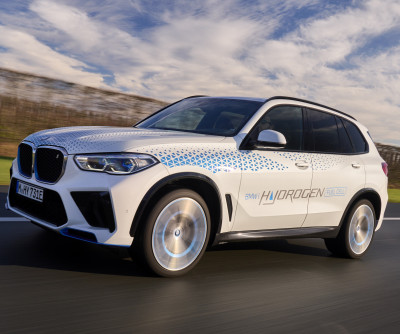








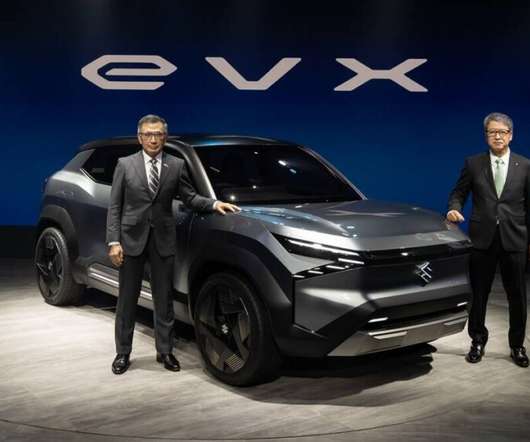

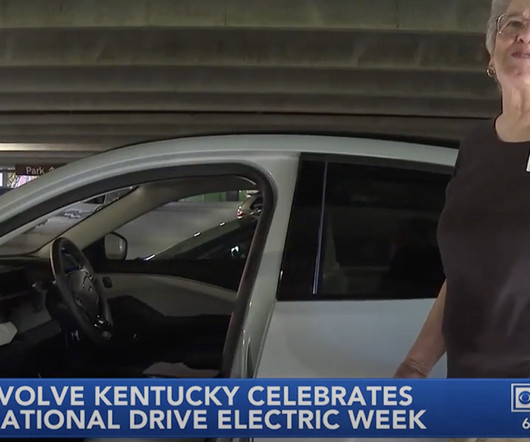
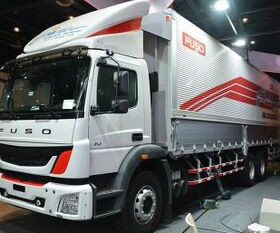
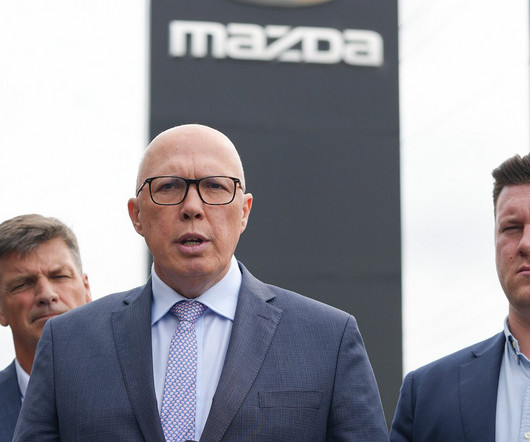

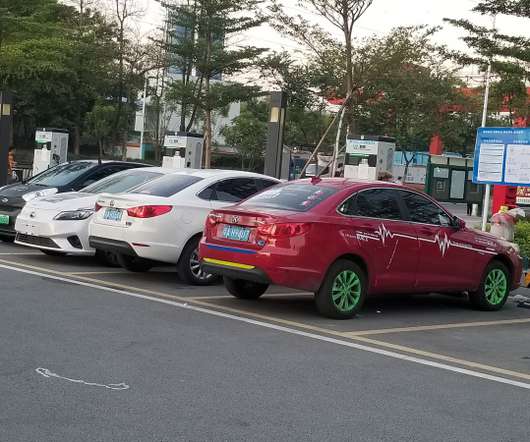



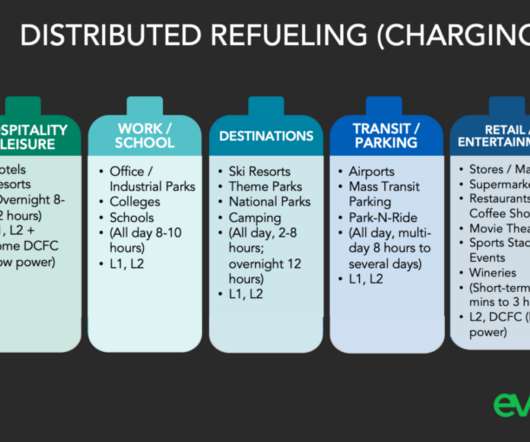







Let's personalize your content